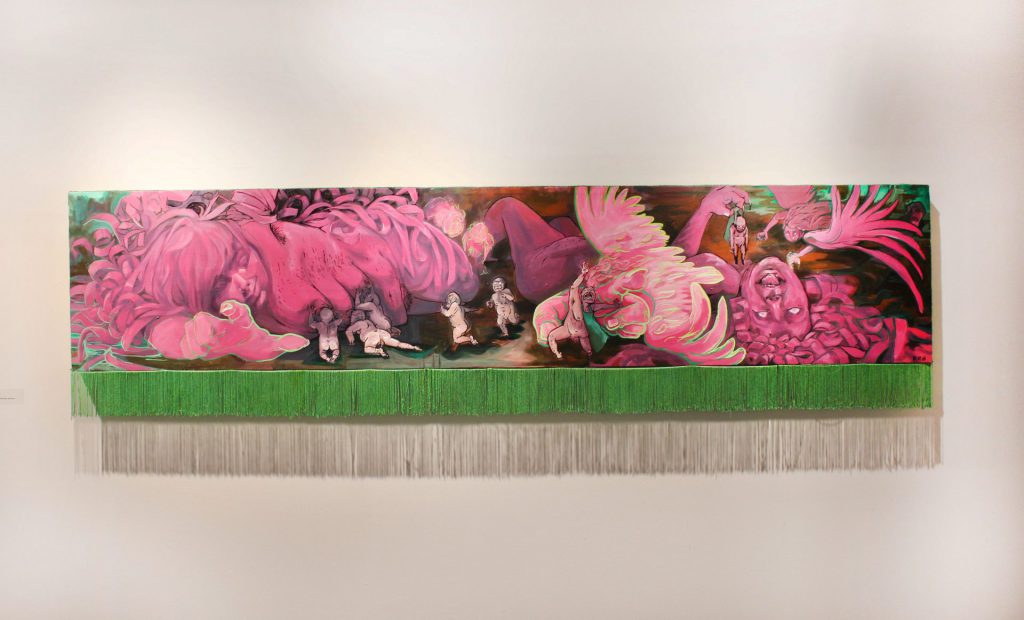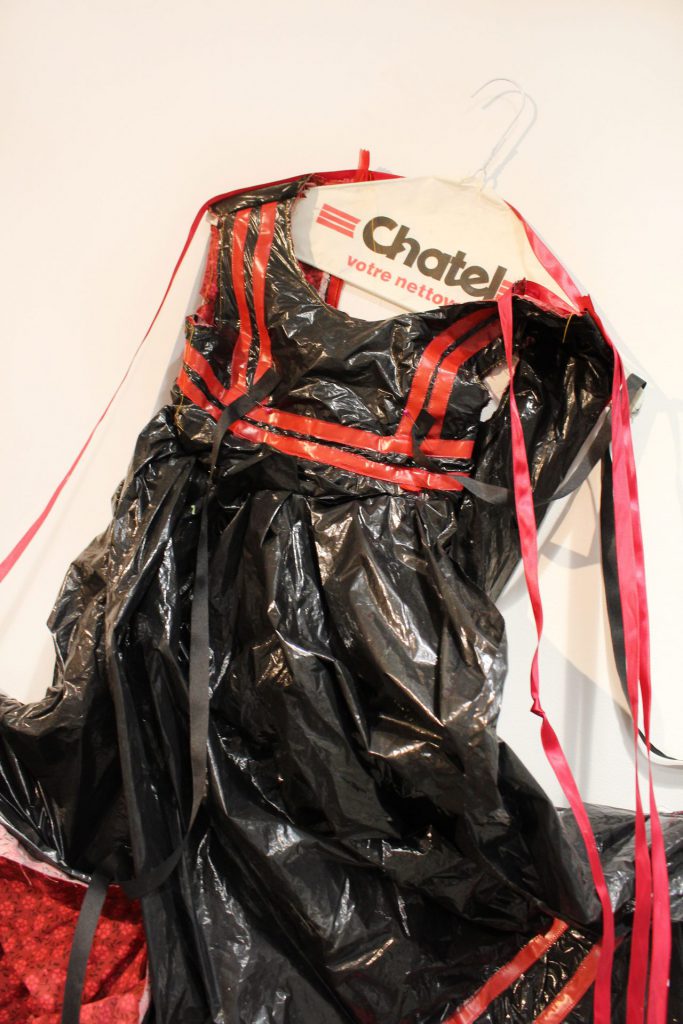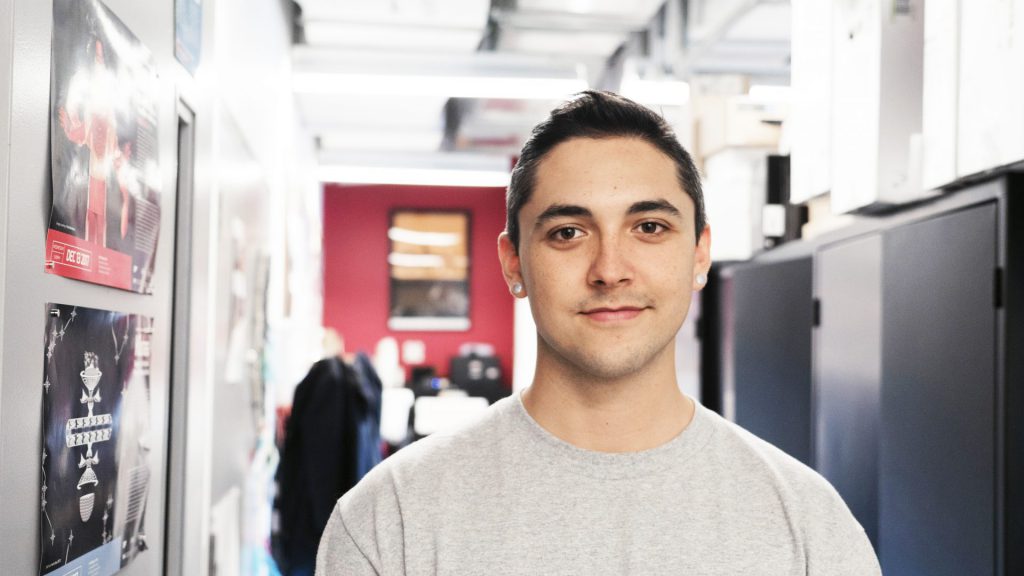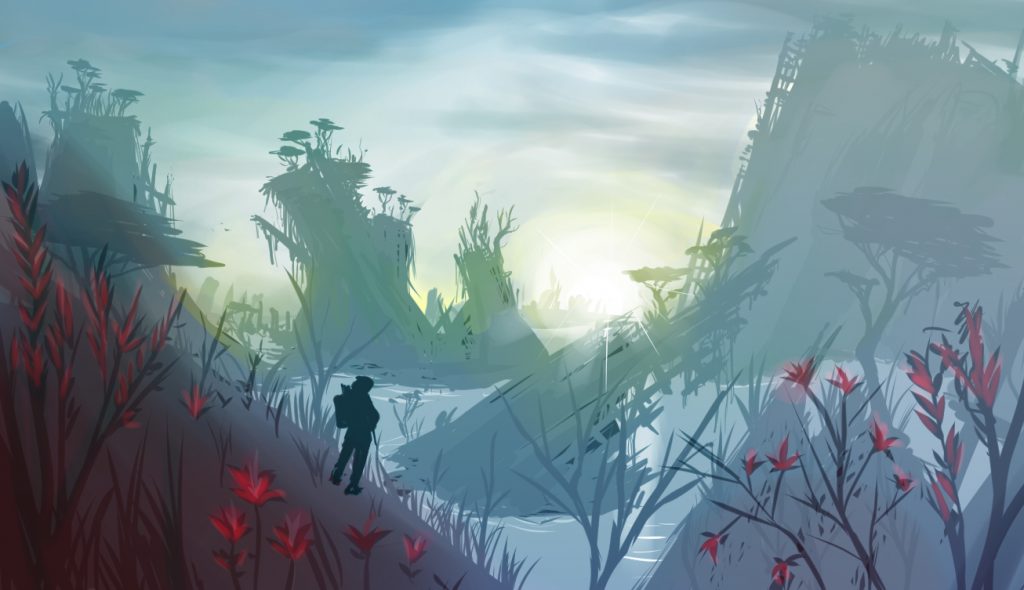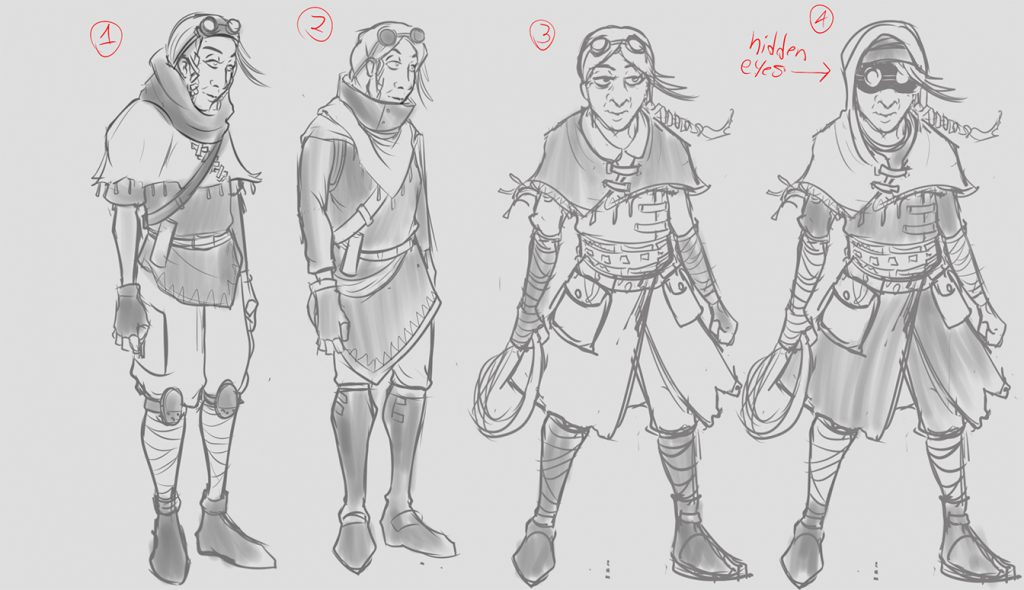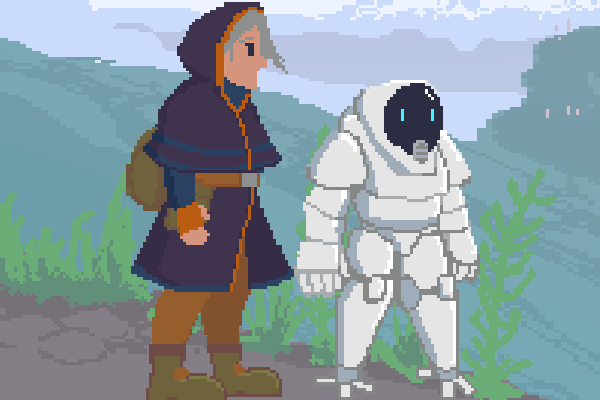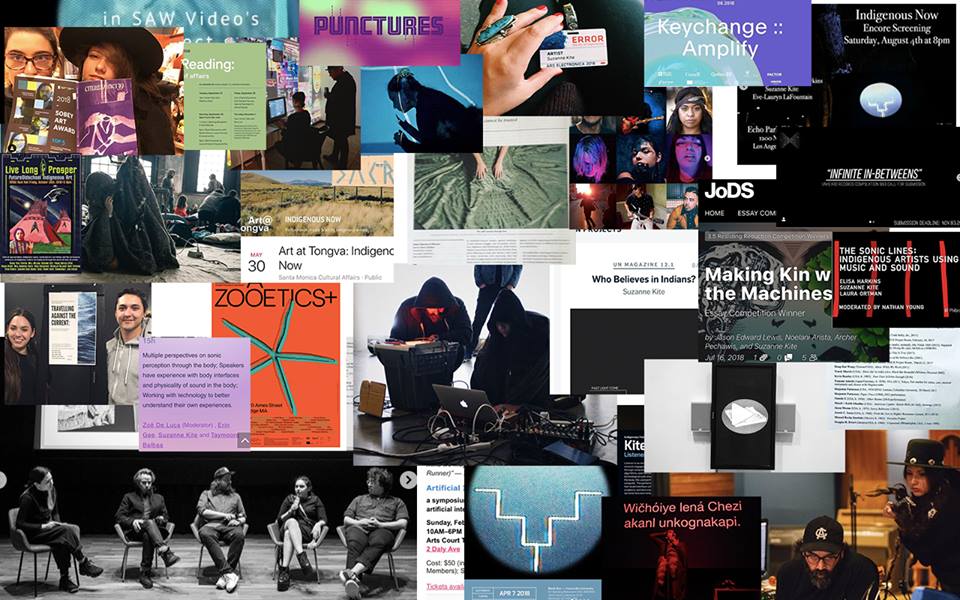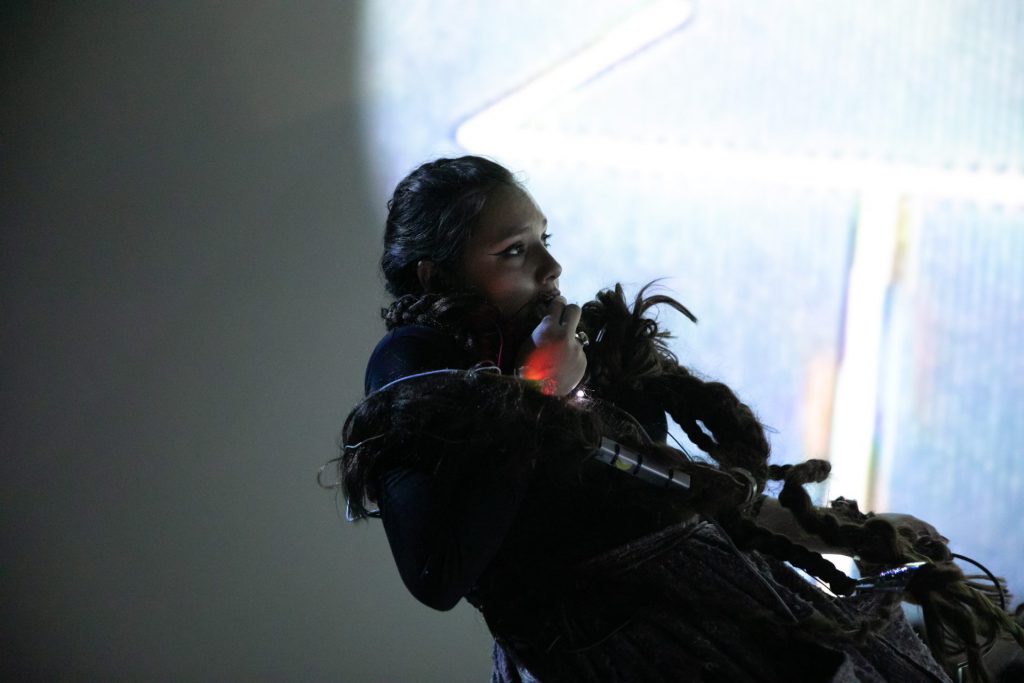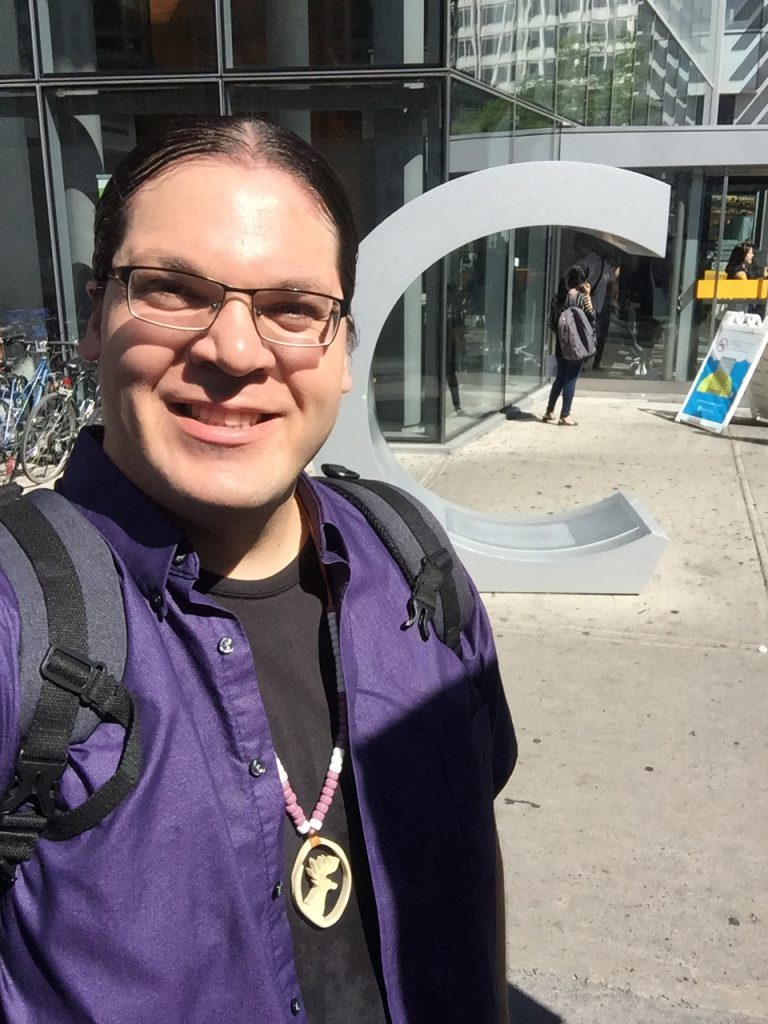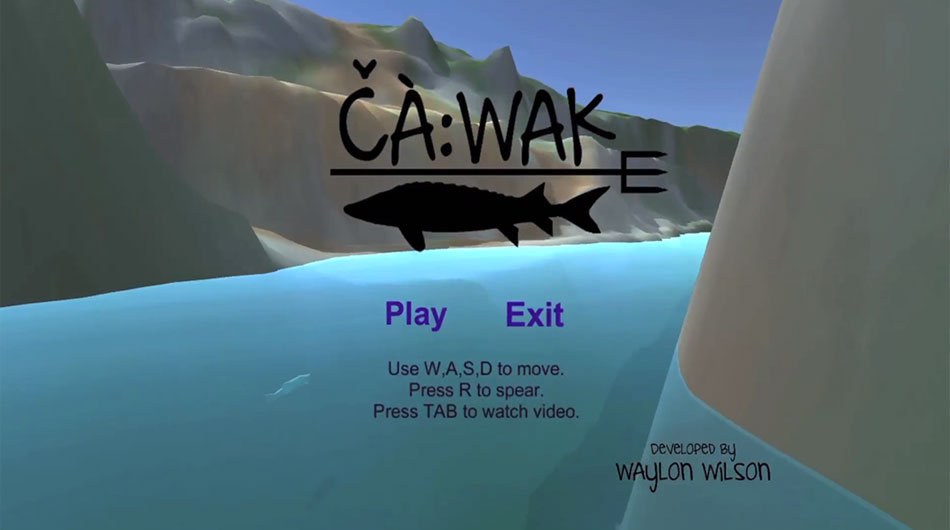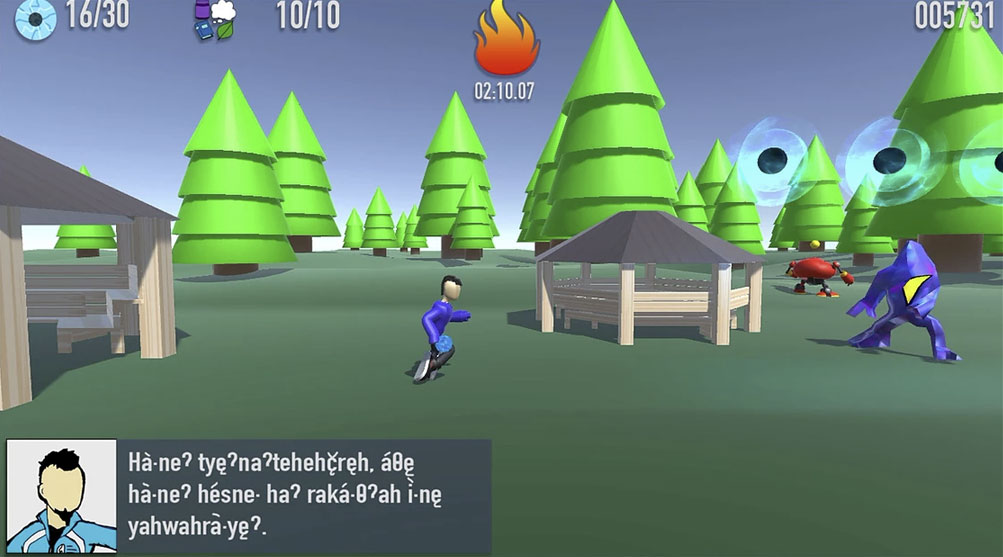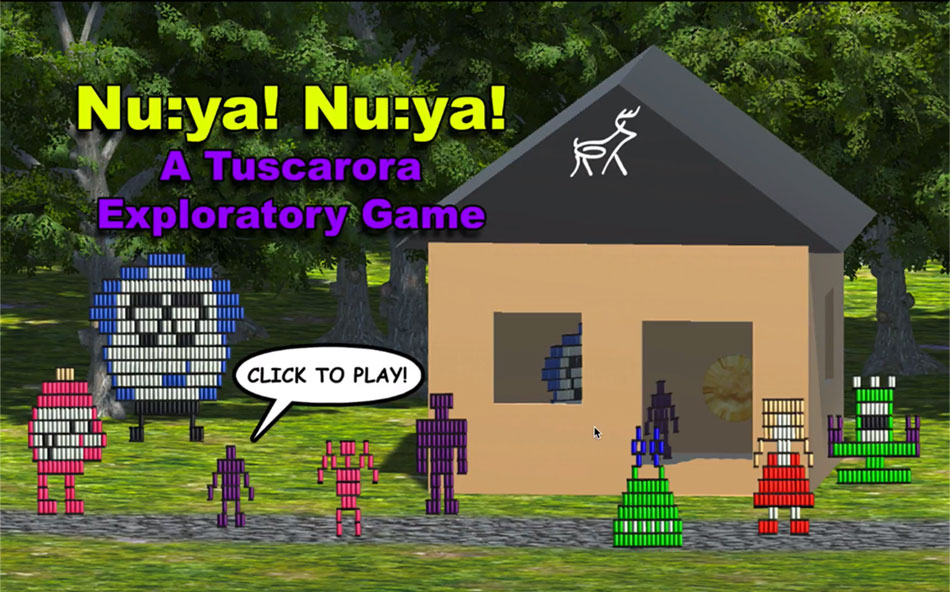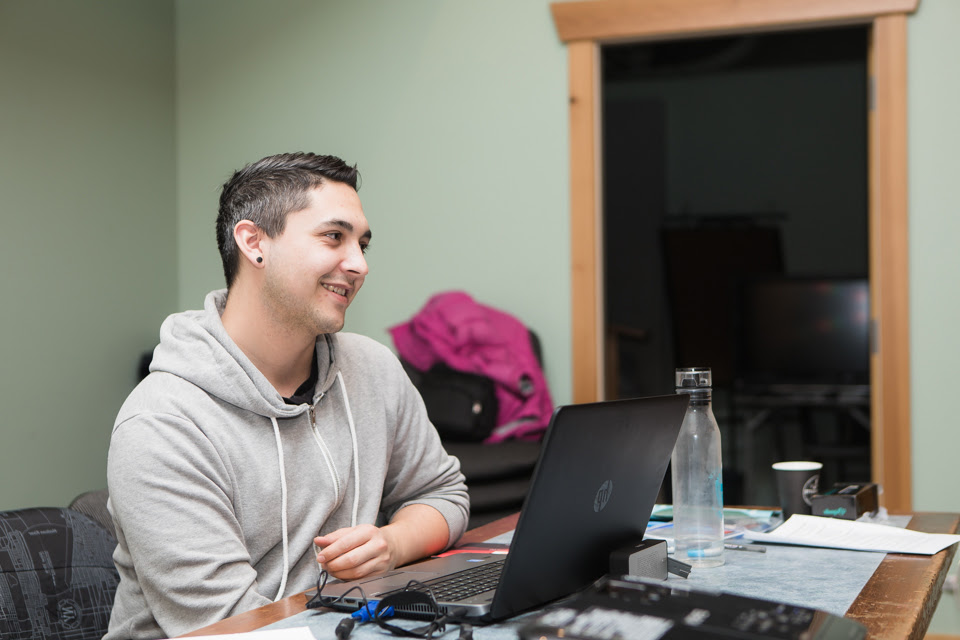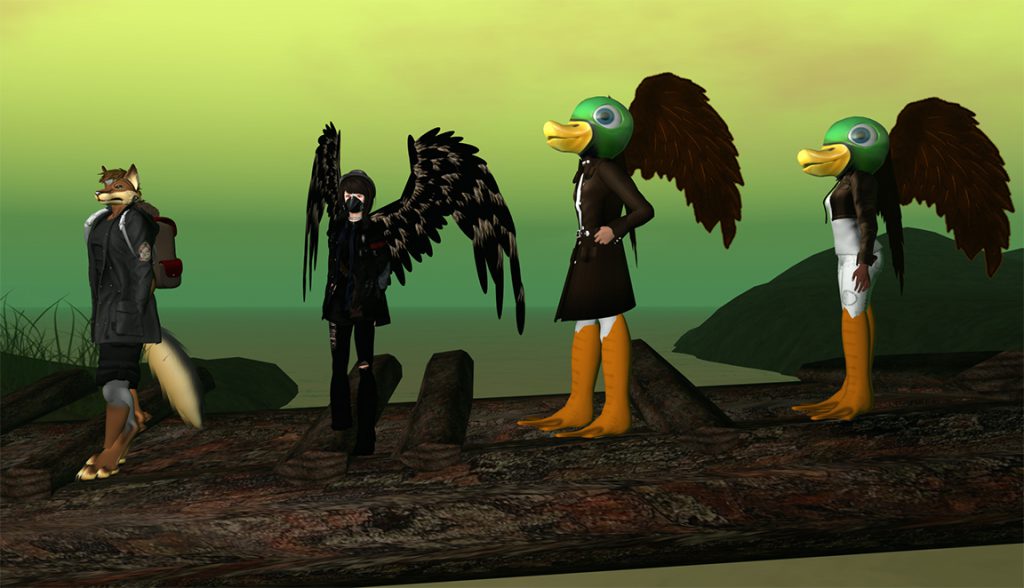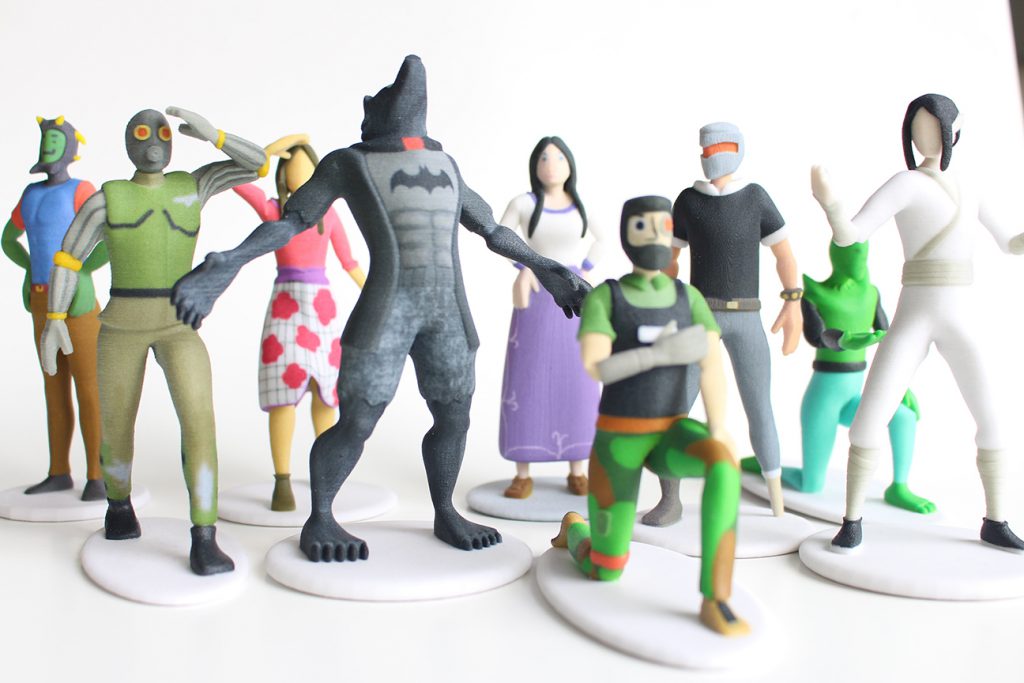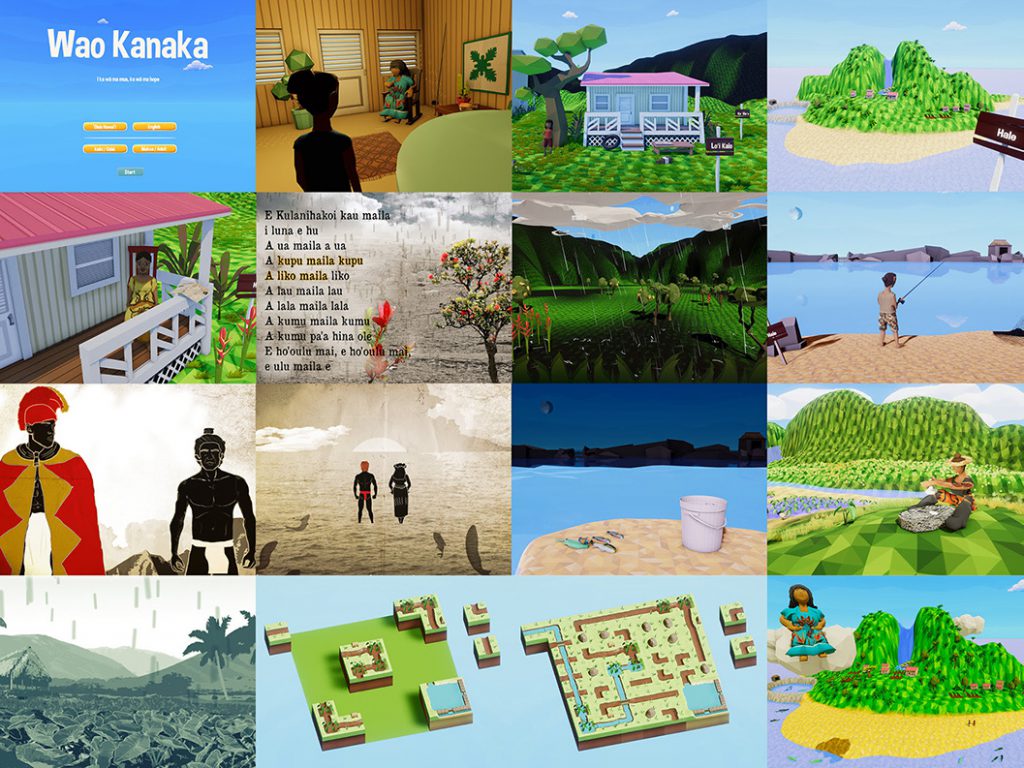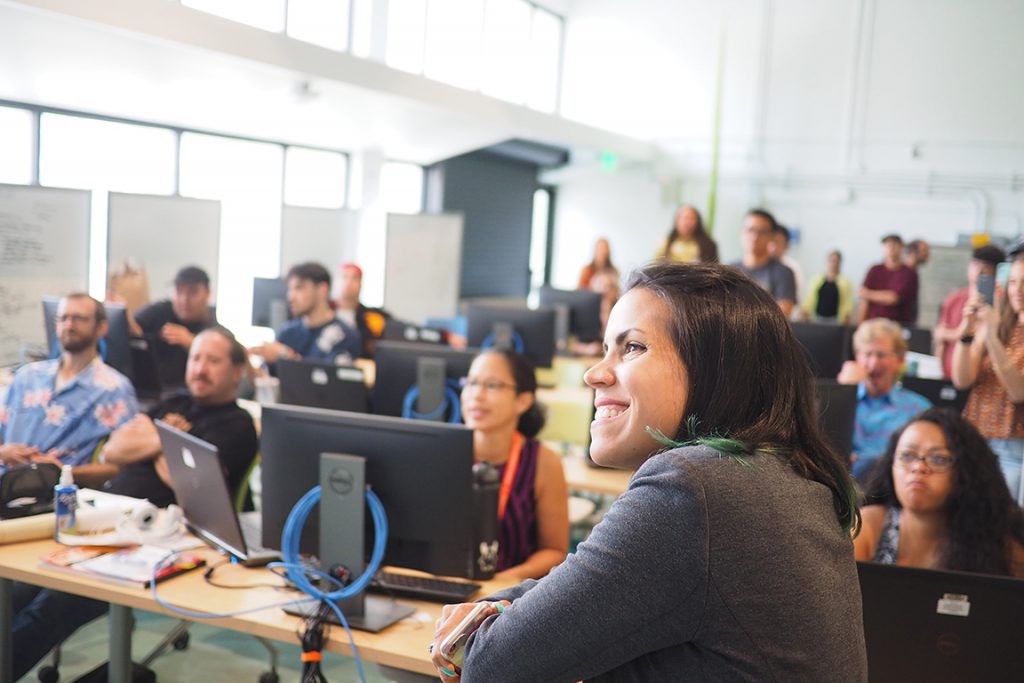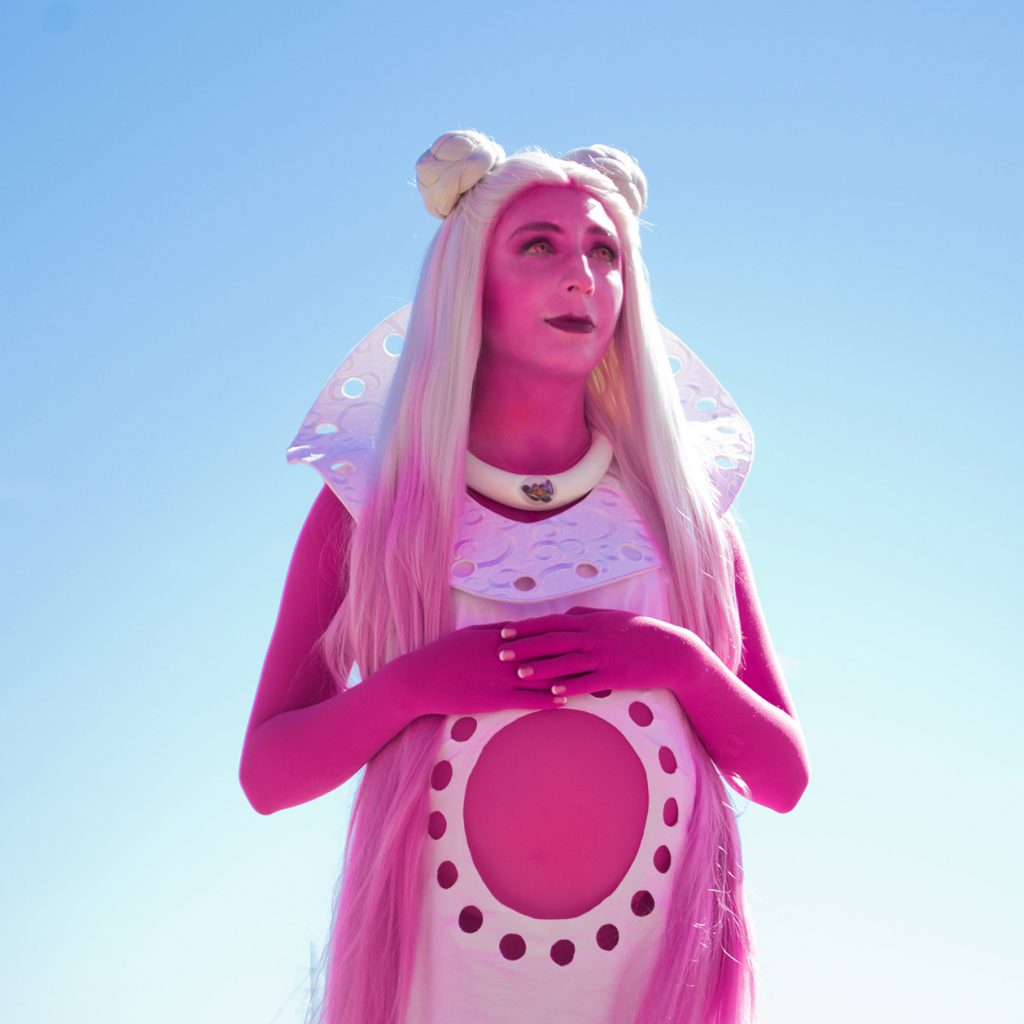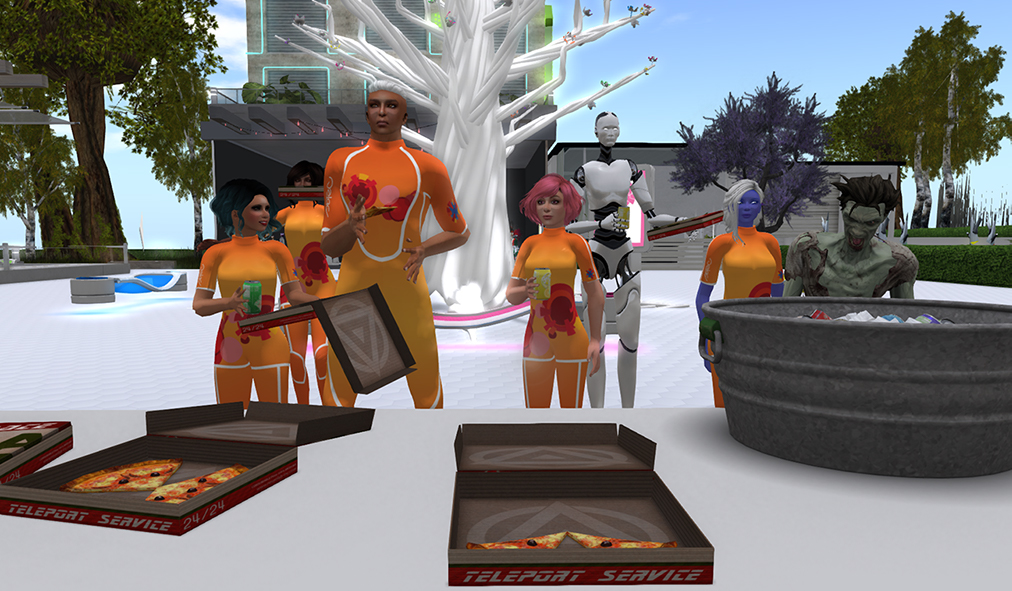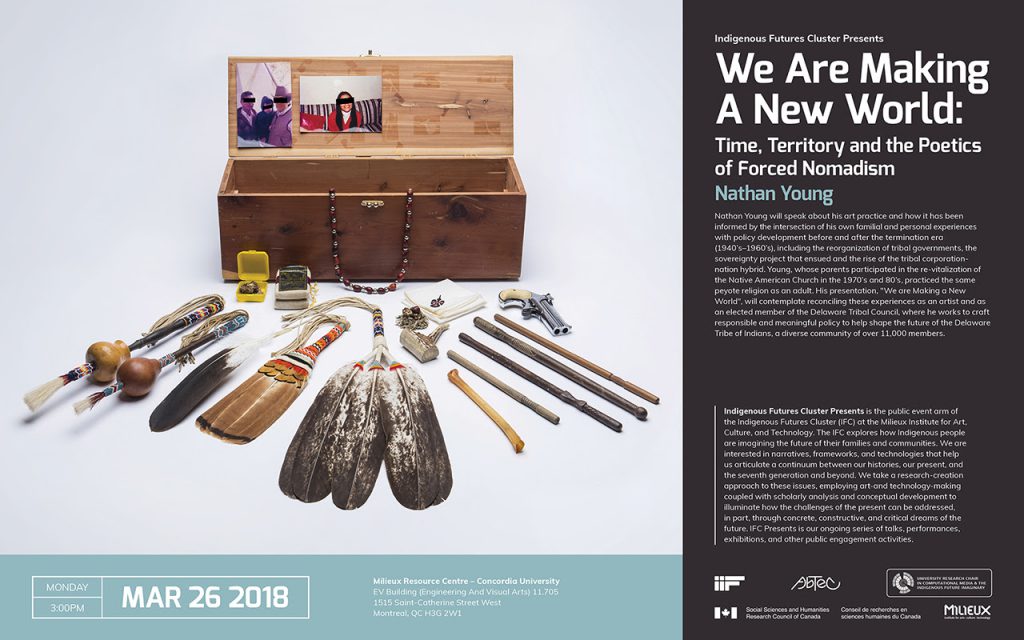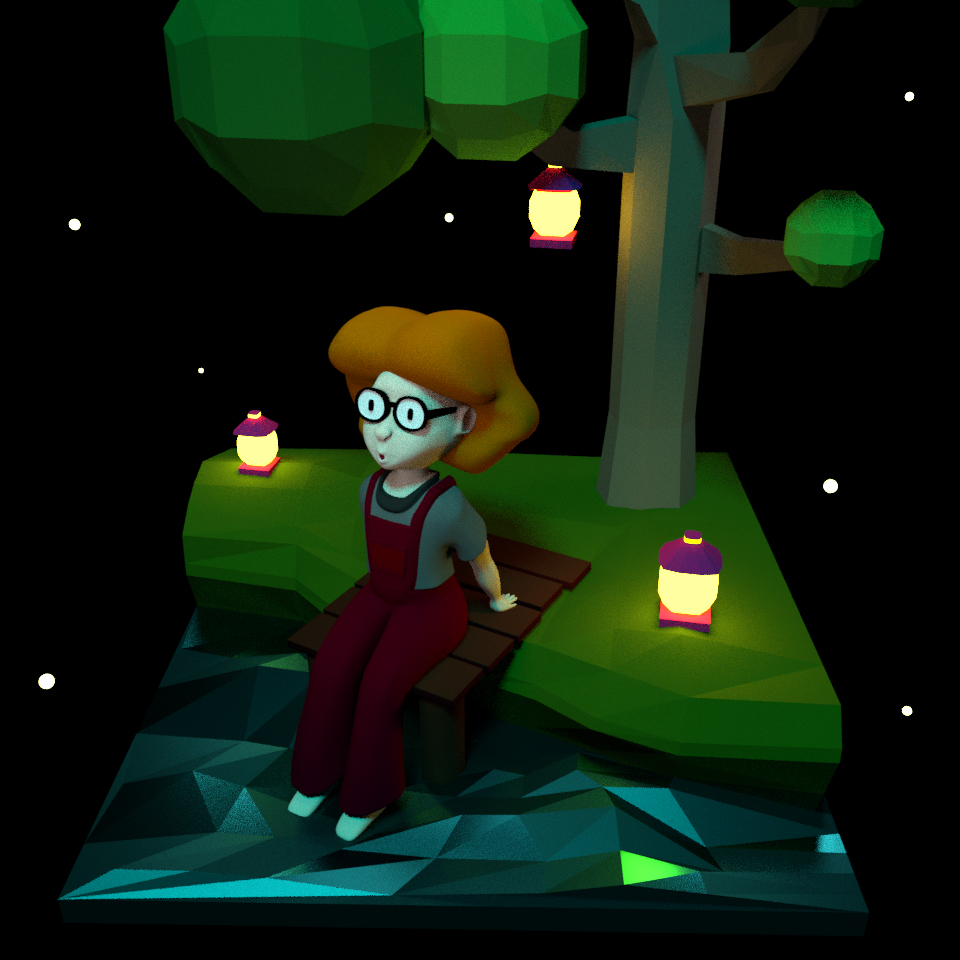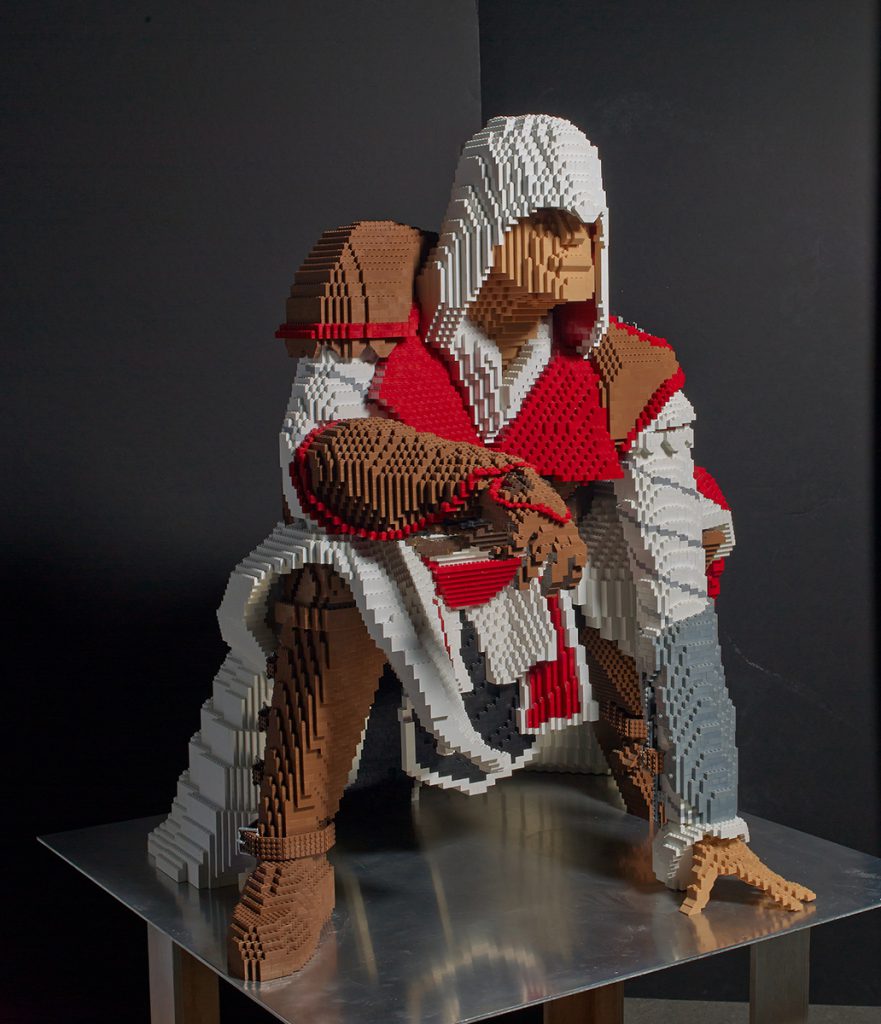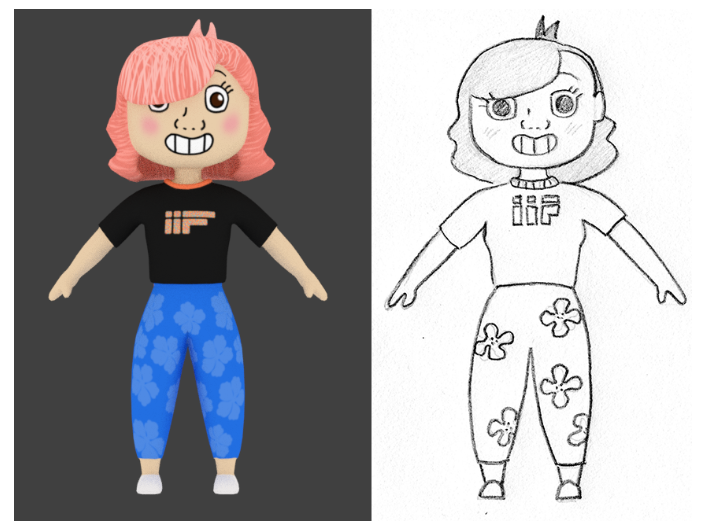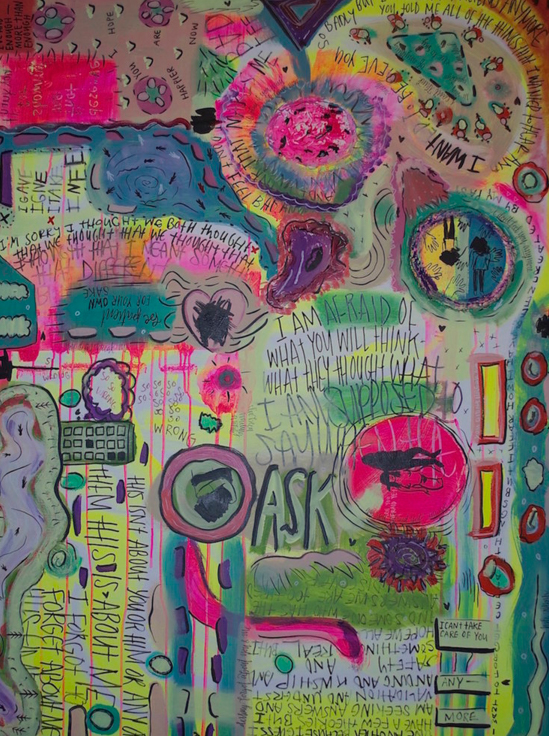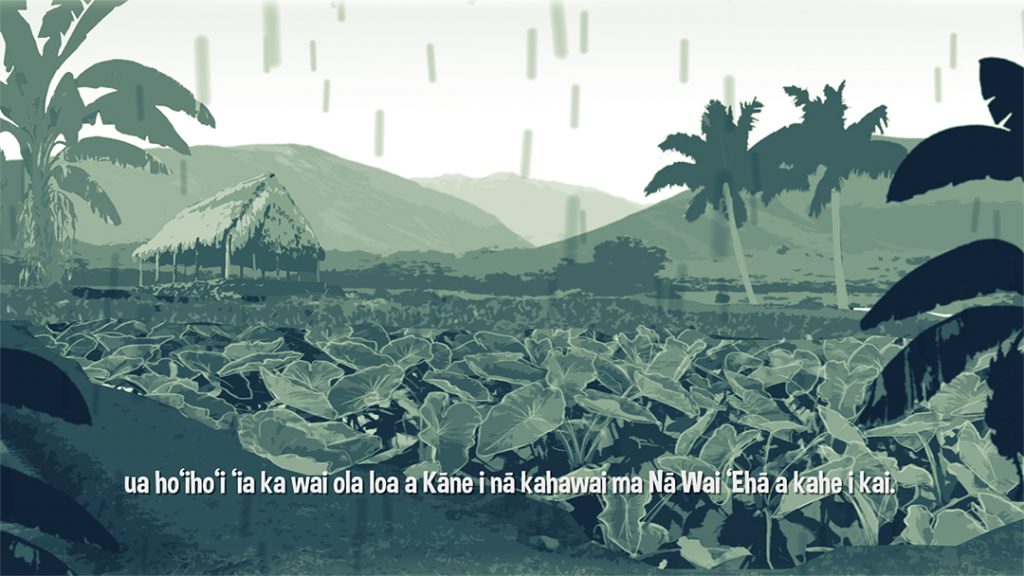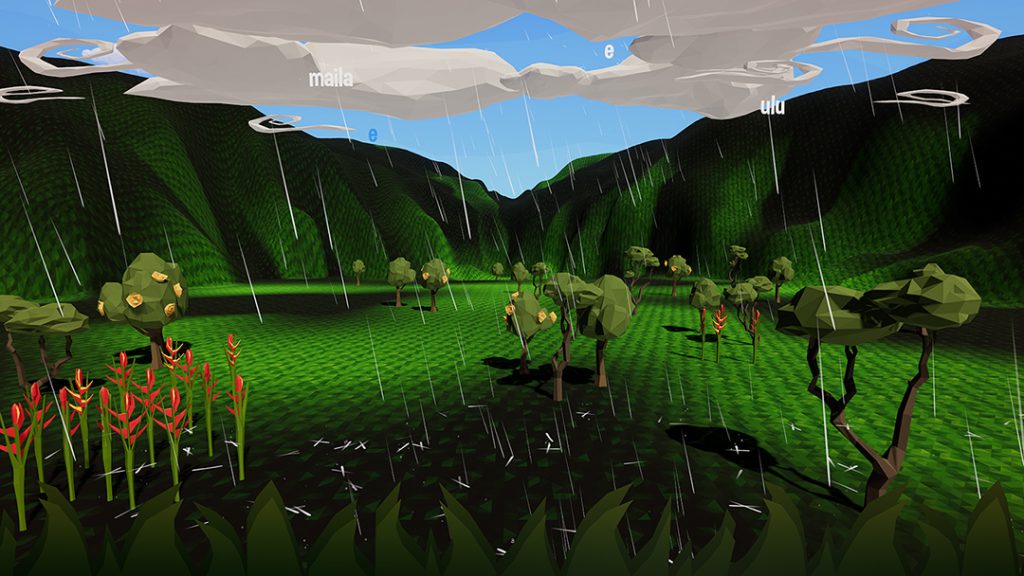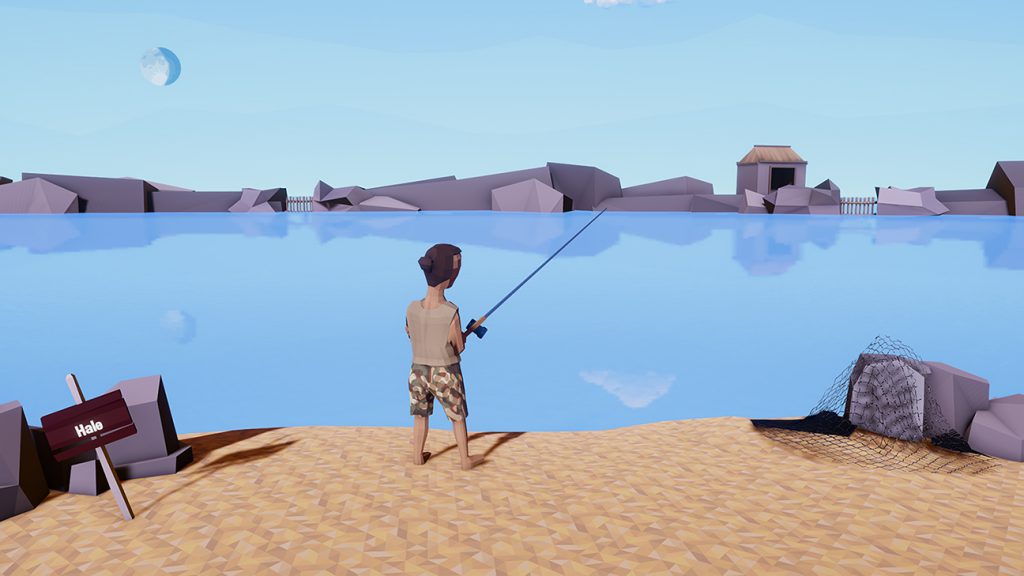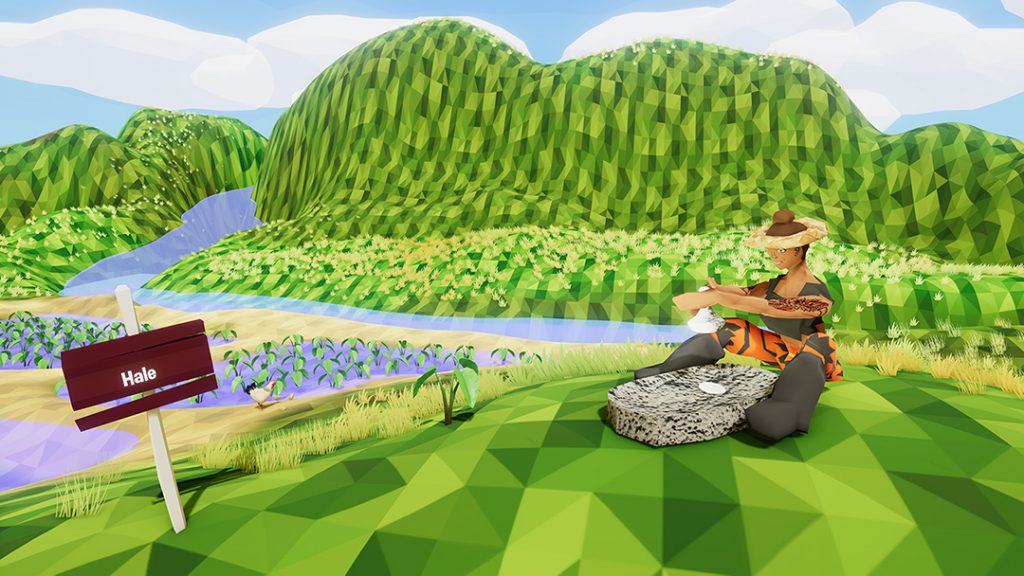imagineNATIVE 2018 Screening and Performance Reviews
Last month a number of our lab members travelled to the 19th imagineNATIVE Film + Media Arts Festival in Toronto, ON to take in the proceedings and represent IIF/AbTeC. From a wide array of amazing events, Undergraduate Research Assistants Ray Tqoqweg Caplin, Kahentawaks Tiewishaw and Graduate Research Assistants Maize Longboat and Waylon Wilson each chose a screening or artist talk to report on.
Hope to see you next year at the 20th anniversary of the imagineNATIVE Film + Media Arts Festival!
The Witching Hour
Friday, October 19
Ray Tqogweg Caplin
This was my first time ever attending the ImagineNative Film + Media Arts Festival. Expecting to see various great works from many talented Indigenous filmmakers, I was indeed not disappointed. Throughout the festival, many screenings had an atmosphere of Fine Art and professionalism; this, combined with the many films I had seen talking about hard, depressing topics, left me with a sober, sombre mood. That is, until the campy yet devious Witching Hour.
Expecting an hour of exclusively spooky, cautionary tales, I was delighted to find campy, B-film, budget short films, each of which made me laugh out loud with the audience! I was particularly charmed by three machinima shorts of one to two minutes in length, the first of which was entitled First Impressions, by Sto:lo / Cree artist Andrew Genaille. In it, a woman is frightened at the sight of a zombie, who then addresses her assumptions that because he is dead, and a zombie, his place is in the ground, and that he is not a normal person. He proclaims that he is and thus educates her to not cast judgment on others so hastily. To say the least, it’s a subversion gag … and I loved it.
The Witching Hour was definitely one of my favourite screenings; its tricky, kitschy tone was a relief from other, more sombre films, which is fine by me. What’s more, I’m hoping to submit one of my short films to this film block next year!
Alanis Obomsawin: In Discussion
October 18, 2018
Maize Longboat
On the evening of Thursday, October 18, the legendary Abanaki filmmaker Alanis Obomsawin joined the festival program for an interview with Kerry Swanson, Chair of the imagineNATIVE Board of Directors. Obomsawin began by screening an excerpt from her forthcoming film, entitled Jordan’s Principle, that chronicles the story of Jordan River Anderson, a young Cree boy born in 1999 with complex medical needs. Jordan’s medical treatment was delayed because federal and provincial governments could not decide on who was responsible for paying and he eventually died in hospital at the age of five, having never lived in his family home. His story sparked policy and legal changes, namely Jordan’s Principle, which saw the federal government adopt a child-first policy to support children with disabilities in the future. As of 2016, Jordan’s Principle is now law in Canada, available to all First Nations children. However, these services remain difficult to access and Alanis Obomsawin’s film seeks to bring attention to Jordan’s story in hopes that it will help others in similar situations.
The discussion wasn’t only limited to talking about her films. For much of the second half of the session, Alanis told a story about her efforts to raise funds to create a pool for the children of her community, Odanak First Nation, before she began to make films. Since the nearby Québécois town would not allow Indigenous children to enter their pool, the only solution was that Odanak build its own. Through her hard work, determination, and help from others, Alanis was able to finally get the pool built. Ironically, when the neighbouring pool closed, Québécois children were welcomed to swim in the new pool at Odanak.
My main takeaways from Alanis Obomsawin’s interview were her wit and her generosity. She had the crowd laughing all the way through her stories, which she recounted in detail. Her strength as a person and as an issue-oriented filmmaker is profoundly inspiring and every bit deserving of the standing ovation she received at the conclusion of this discussion.
After The Apology
Saturday, October 20
Kahentawaks Tiewishaw
This screening included Lost Moccasin by Roger Boyer, Idle No More Ginger Cote, and Larissa Behrendt’s After the Apology. Together, these films brought to light the ongoing struggle of families who have been subjected to colonial government policies. In North America, we know of Residential Schools and the Sixties Scoop, which worked to assimilate Indigenous children by removing them from their families and culture. Similarly in Australia there were the Stolen Generations, in which Aboriginal children were unjustly taken from their homes and placed with white families or in Missions.
While various apologies have been issued for these atrocities by their respective governments, their efforts have not yet ceased. Still, Indigenous children in both North America and Australia are plucked from their families under the guise of ‘child protection’ by government agencies, which lack an understanding of the cultural and economic differences between our nations. Moreover, these agencies mistake systemic poverty for neglect, and remove children to be placed in homes deemed acceptable by colonial society. Though the films often reminded me of our inherited cultural traumas, they also reassure me that we are not alone on the path to recovery. They illustrate that Indigenous people everywhere are fighting the same battles, living the same realities, and are part of the same family. What I took away from these films is this: Colonial entities recognize that in family there is strength, which is why they tried so hard to disrupt ours. Imagine the empowering effects that would come from Indigenous people across the globe recognizing our greatest strength, each other!
Tectonic Shift
Thursday, October 18
Waylon Wilson
The Tectonic Shift screening addressed motifs such as Indigenous spiritualism, inter-generational sharing, death, relationships, survivance, and looking inward. The seven short films presented in this panel were a mix of fictional narrative and documentary, however most of these films were based on or at least inspired by true events.
The prominent shared theme of these narratives was the impactful practice of cultural and spiritual knowledge by the main characters. In Tama, a young Maori man practices and performs the Haka as a way to defend himself and his brother from an abusive relationship and alter the mind of their abuser, while in The Grave Digger of Kapu, an aging uncle teaches his nephew the spiritual significance and responsibility in digging graves for their community. In each of these spiritual short films, the characters exercise their new or existing spiritual knowledge as a way of externalizing their innate strength to make change within their relationships and community.
In the discussion panel that followed, the artists and people involved in the production shared their interrelated experiences and inspirations behind making these films. Each held a direct reciprocal relationship to the communities portrayed on-screen and contextualized the importance of each film’s message to their community.

